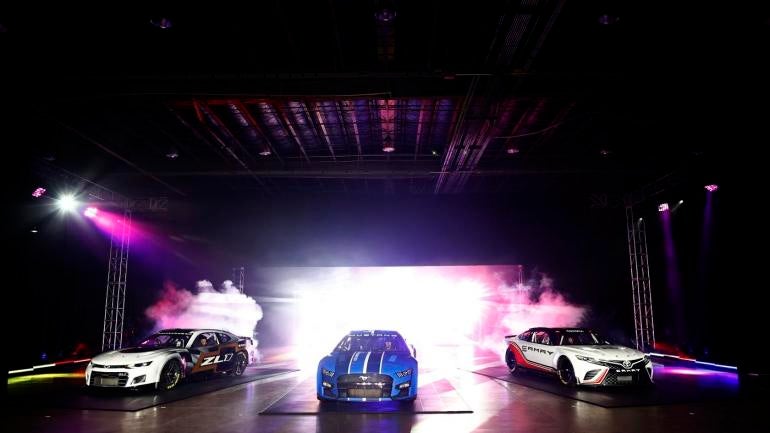
Over the past two decades, NASCAR's track record in terms of driver safety has been virtually unimpeachable. Since the death of Dale Earnhardt on the final lap of the 2001 Daytona 500, stock car racing has undergone serious driver safety efforts. Not a single driver has died in a NASCAR national touring series since 2001, and not a single driver has been killed racing in the last two generations of Cup car: The "Car of Tomorrow" run from 2007 to 2012, and the Gen6 car run from 2013 to the present day.
With the upcoming introduction of the Next Gen car in 2022, preserving that safety record remains one of NASCAR's top priorities. But the sanctioning body has found itself having to quell concerns about the Next Gen car.
As NASCAR started crash testing the Next Gen car, rumors -- spurred in part by former car owner Bob Leavine and crew chiefing great Steve Hmiel -- suggested that the crash test dummy used by NASCAR keeps getting "killed" during sled tests, and that the Next Gen car is too rigid/has too few crush zones to dissipate the force of an impact away from the driver.
Such talk was given credence during a Reddit AMA with Cup driver Chase Briscoe, who gave an affirmative response on Friday when a user asked for clarification on whether the test accidents would be fatal if they occurred in real life.
In response, NASCAR made public a memo that had recently been shared with its drivers concerning a crash test last week at Talladega Superspeedway.
Here's part of the memo:
"Preliminary review of the dummy data from the test indicates good and comparable performance when compared to other right frontal dummy data (non-NG). There is still a lot more analysis to be completed and that has started. Worth noting, that through all testing (sled and full vehicle) the dummy itself has functioned nominally.
"All of this data is being packaged up and will be sent to an independent panel made up of experts in the biomechanical/safety field ... for their review. We expect this to take roughly one week."
According to Bob Pockrass of Fox Sports, rumors of safety issues with the Next Gen car were also likely amplified by the delay of distribution of the Next Gen chassis to teams. Pockrass claims that rumors of the "death" of dummies in Next Gen crash testing have been around since the spring and have been repeatedly denied.
Concerns over whether or not the Next Gen chassis is too "stiff" harkens back to one of the issues that served as the turning point for safety in NASCAR.
At the turn of the millennium, the construction of cars and chassis to be stiffer and more solid in the name of faster speeds also resulted in cars "giving" less in crashes. That means more force was felt by drivers during crashes. During the 2000 season, three drivers -- Adam Petty, Kenny Irwin Jr., and Tony Roper -- were all killed in separate accidents before Dale Earnhardt's death in the 2001 Daytona 500.
Petty and Irwin's crashes occurred in practice, which wasn't televised back then, while Roper's was during a Truck Series race which was on TV. All four drivers died of a basilar skull fracture, a break in the bones at the base of the skull caused by blunt force trauma.
Such an injury has since been prevented by the implementation of the HANS device, which holds a driver's head and neck in place during an accident and prevents it from whipping forward violently.
NASCAR has enjoyed a full two decades without a fatality in one of its national touring series, which is why these concerns surrounding the Next Gen car have become such a hot topic.
"car" - Google News
July 10, 2021 at 01:06AM
https://ift.tt/3yLIHYr
Explaining the alleged safety concerns surrounding NASCAR's Next Gen car - CBS Sports
"car" - Google News
https://ift.tt/2SUDZWE
https://ift.tt/3aT1Mvb
Bagikan Berita Ini















0 Response to "Explaining the alleged safety concerns surrounding NASCAR's Next Gen car - CBS Sports"
Post a Comment